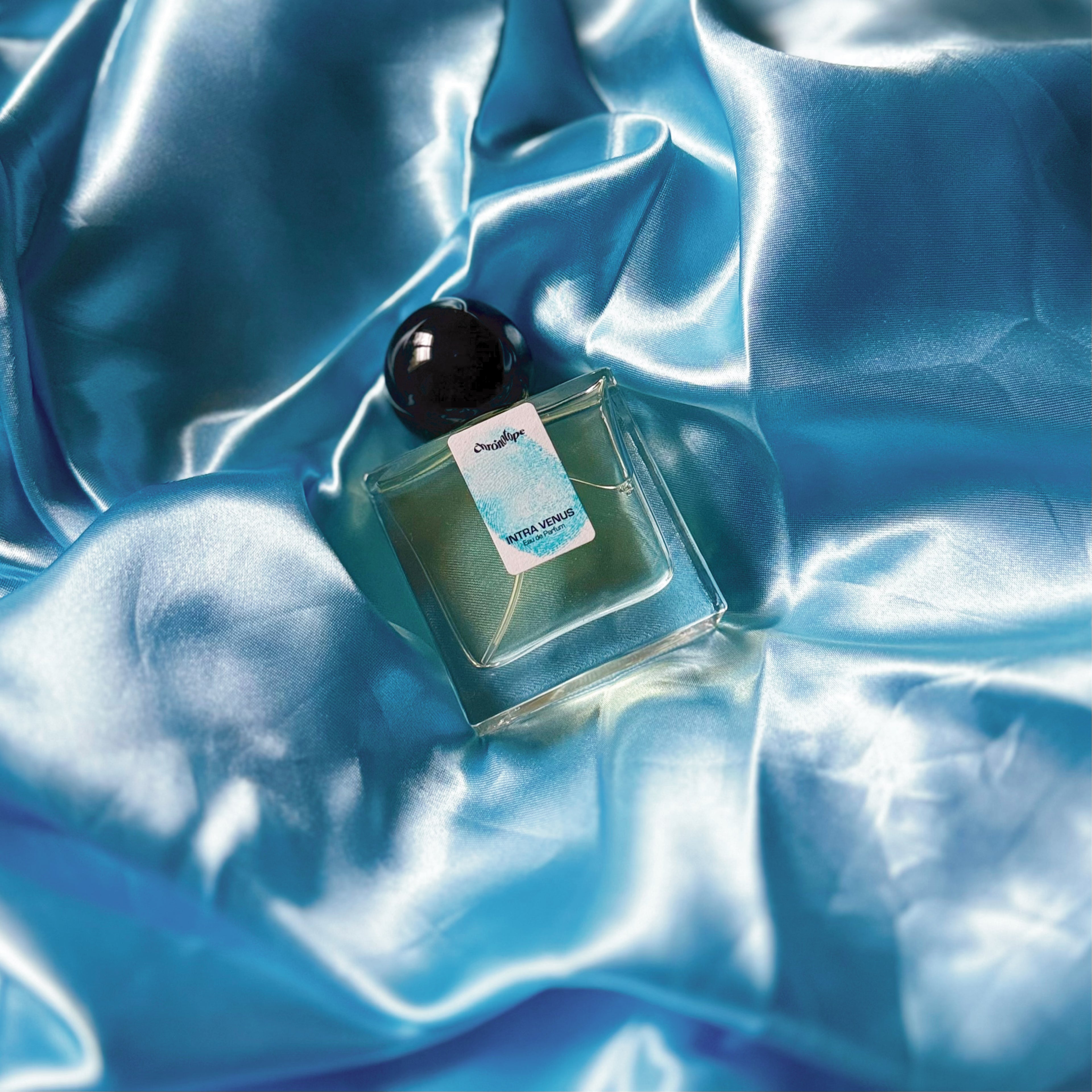Skip to product information


$135.00 USD
Taxes included.
Shipping calculated at checkout.
[US orders $45+ receive free shipping]
You can also try Intra Venus EdP in these sample sets:
MORE INFORMATION ABOUT INTRA VENUS EAU DE PARFUM↓
 Structure
Structure
 Feeling
Feeling
 Presence
Presence
 Projection
Projection
 Sculpture
Sculpture
COMING SOON
 What Wearers Say
What Wearers Say
 Allergen Info
Allergen Info
Intra Venus EdP meets IFRA 51 guidelines for Category 4 (fine fragrance) and contains the following fragrance allergens (≥0.001%):
 Shipping, Returns, & Refunds
Shipping, Returns, & Refunds
People who enjoy Intra Venus EdP also like…



 Structure
Structure
 Feeling
Feeling
 Presence
Presence
 Projection
Projection
 Sculpture
Sculpture
 What Wearers Say
What Wearers Say
 Allergen Info
Allergen Info
 Shipping, Returns, & Refunds
Shipping, Returns, & Refunds
